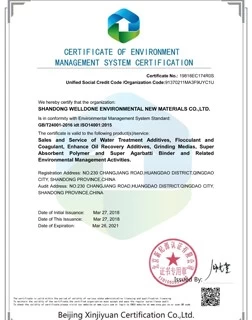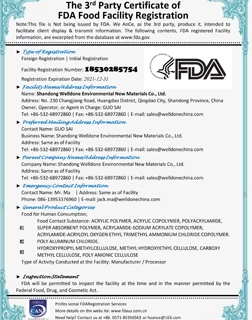Application of HPMC in gypsum in construction industry
Gypsum products are widely used in construction as wallboard, plaster, and other building materials. Hydroxypropyl methylcellulose (HPMC) is a common additive used in gypsum products due to its excellent properties in improving the performance and workability of the material.
HPMC, a derivative of cellulose, has many benefits when used as an additive in gypsum products. Firstly, it can improve the water retention ability of the gypsum, preventing premature drying and cracking. Secondly, it can enhance the bonding strength between the gypsum and substrates, ensuring a durable and long-lasting bond. Thirdly, it can provide good workability, making it easier for the installer to apply and adjust the material during installation. Fourthly, it can increase the open time of the material, allowing for more time to work with it before it sets.
In addition to these benefits, HPMC is also environmentally friendly and non-toxic, making it a safe choice for use in building materials. It is compatible with other additives commonly used in gypsum products, such as retarders, accelerators, and plasticizers.
When selecting an HPMC for use in gypsum products, it is important to consider the specific requirements of the product, including its setting time, strength, and durability. Factors such as molecular weight, degree of substitution, and viscosity can also affect the performance of the product, so it is important to choose the right HPMC for the specific application.
In conclusion, HPMC is a valuable additive in gypsum products due to its ability to improve water retention, bonding strength, workability, and open time. With its environmentally friendly and non-toxic properties, it is a safe and effective choice for use in building materials.




.jpg.webp)

